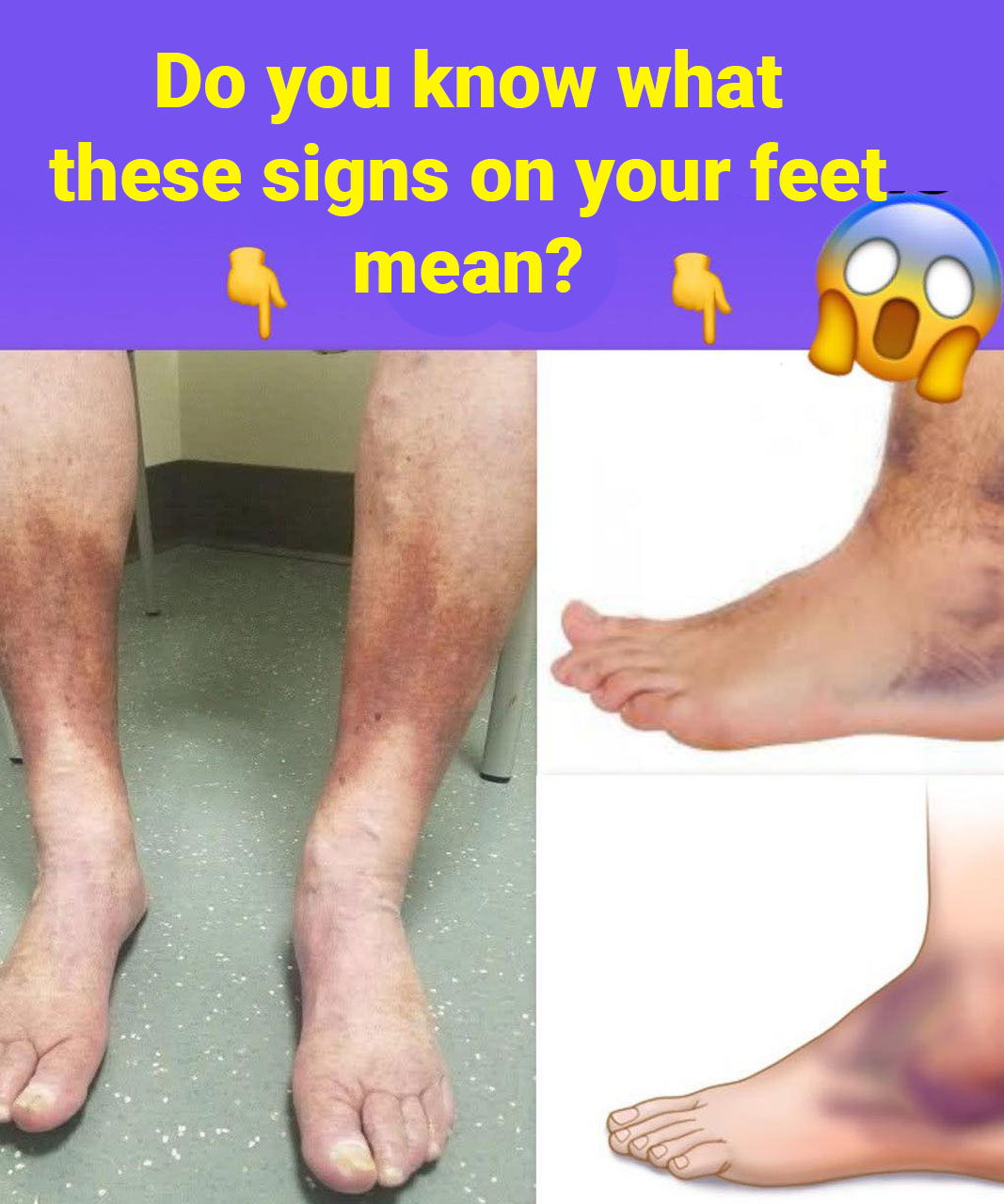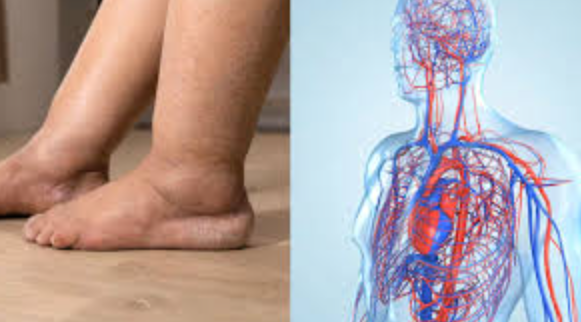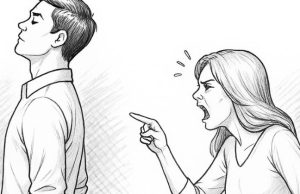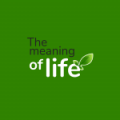
Poor circulation, also known as poor perfusion, refers to reduced blood flow to a specific area of the body. This can occur for a variety of reasons, including blocked blood vessels, reduced elasticity, or malfunctioning of the valves that control blood flow.
Symptoms of poor circulation:
Numbness and tingling: Especially in the extremities, such as fingers and toes.
Feeling cold: Extremities may feel cold, even in warm environments.
Muscle aches and cramps: In the legs and feet, which may worsen with exercise.
Changes in skin color: Extremities may become pale, bluish, or even red.
Dry, scaly, or cracked skin: On the legs and feet, which can be itchy and painful.
Swelling of the legs and ankles: Due to fluid buildup.
Visible veins: Varicose veins or swollen, twisted veins that may be painful.
Fatigue and weakness: Lack of oxygen to the tissues can cause fatigue and general weakness.
Memory and concentration problems: Lack of oxygen to the brain can impair cognitive function.
Causes of poor circulation:
Atherosclerosis: Buildup of plaque in the arteries that narrows the flow of blood.
Diabetes: Can damage blood vessels and impair circulation.
Blockages: Blood clots or deep vein thrombosis that block blood flow.
Physical inactivity: Lack of exercise can weaken the veins and valves that control blood flow.
Excess weight: Can put pressure on the veins, especially in the legs, making it difficult for blood to return.
Smoking: Can damage blood vessels and reduce blood flow.
Cardiovascular disease: Poor circulation can be a symptom of heart disease.
Peripheral artery disease (PAD): A condition in which the arteries in the extremities become narrowed or blocked.
Vein disease: Varicose veins or venous insufficiency can cause circulation problems.
Raynaud’s phenomenon: A disorder that causes blood vessels to narrow when exposed to cold or stressed.
Treatment for poor circulation:

Lifestyle changes:
Exercise regularly, maintain a healthy weight, quit smoking, and control blood pressure, blood sugar, and cholesterol.
Medications:
Some medications can help improve blood flow or prevent blood clots.
Medical procedures:
In some cases, surgery or other procedures may be required to open or clear blood vessels.
Alternative therapies:
Some alternative therapies, such as acupuncture or manual therapy, can help improve circulation
Medical Consultation:
If you experience any of the above symptoms, it is important to consult a doctor for an accurate diagnosis and appropriate treatment.















